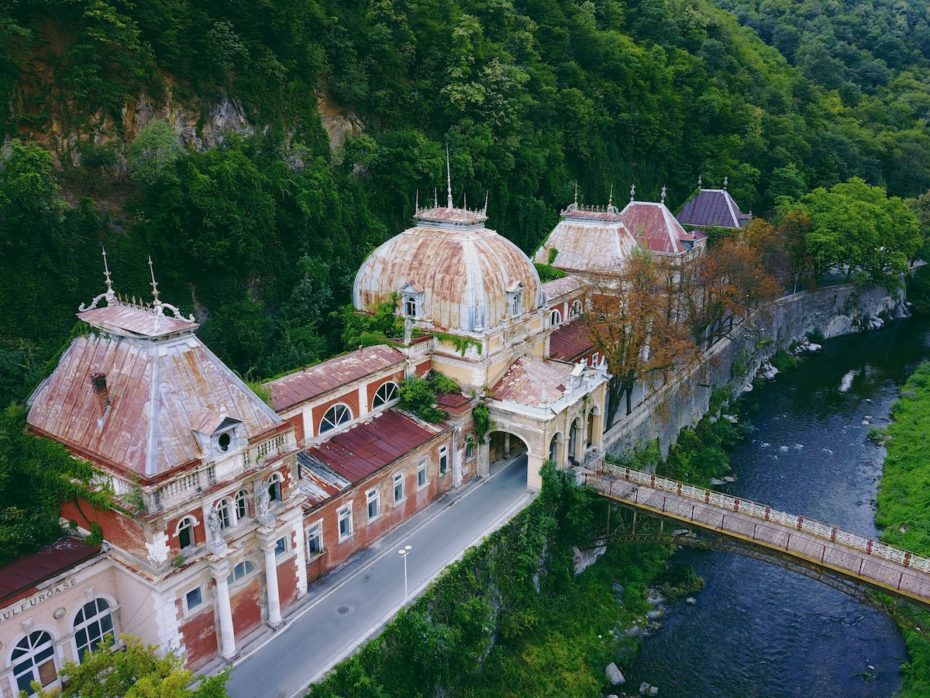
We walked with ghosts through a crumbling spa town in the valley of the Cerna river, where Empresses and Kings of Bohemia once came to “take the waters”. An early morning mist rose from the sulphurs of the riverbed, crawling through the empty streets. Whistling through shattered windows and vast corridors, the wind seemed to echo with voices and faint silhouettes played tricks in the damp, fading frescoes. These noble villas, elegant pavilions and baroque marble baths have been long forgotten in the mountain shadows of Baile Herculane, a sleeping Romanian resort that whispers the legend of a weary Hercules who stopped in the valley to bathe and rest.
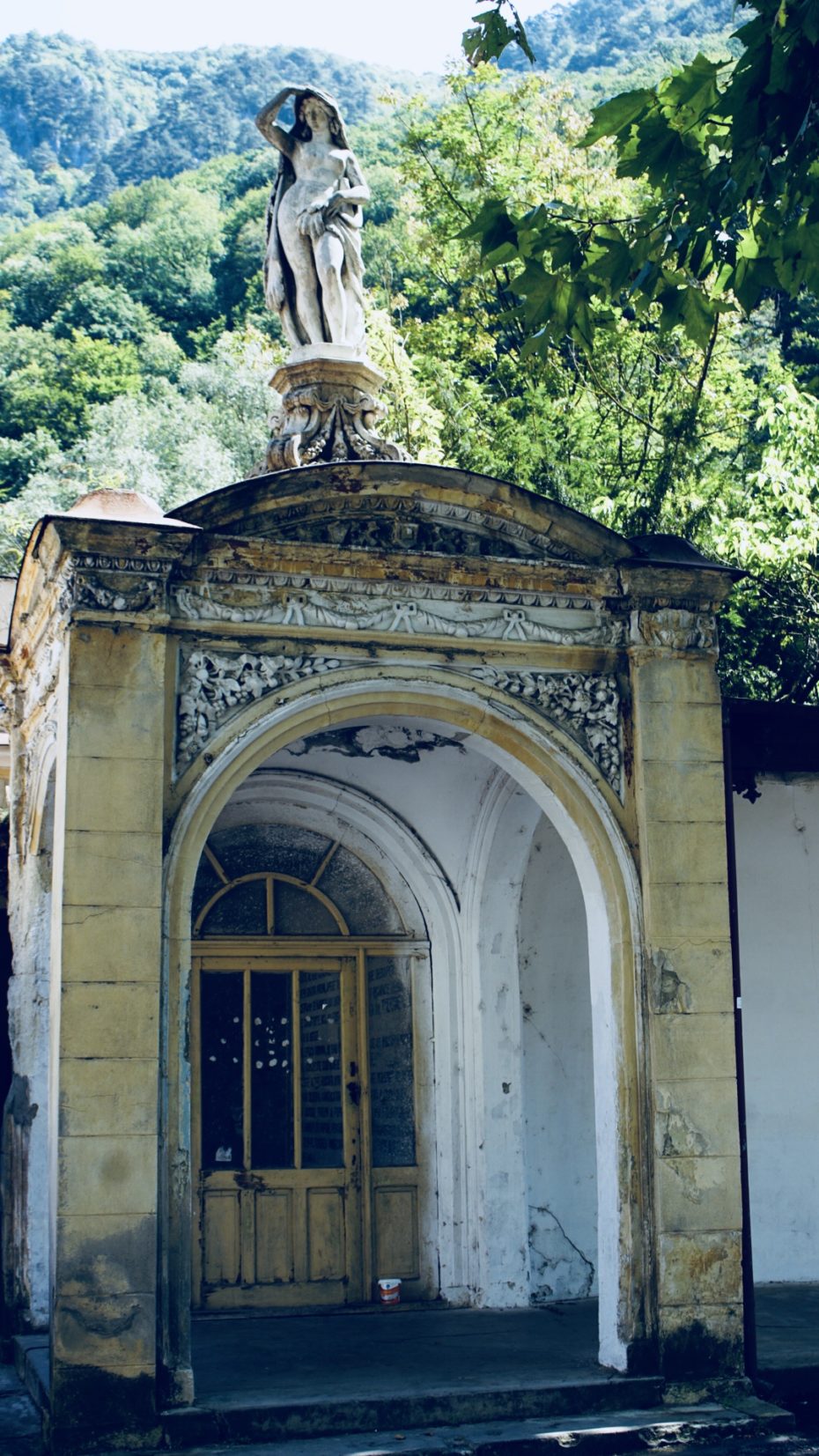
Time has performed irreversible deeds upon one of the world’s oldest spa towns, declared by 19th century nobility as the most beautiful on the continent, only to be handed a cruel fate of indifference today. Monuments of the Austrian Empire are now on the brink, left to decay waiting in limbo under endless “renovation”. As long as they’re not given to the tourist circuit, the historic buildings are exempt from taxes, and with no obligation to the state, private owners have little interest in saving them from a permanent state of degradation. Once palatial hotels are listed for sale but delayed by cancerous corruption that may soon see those buildings demolished.
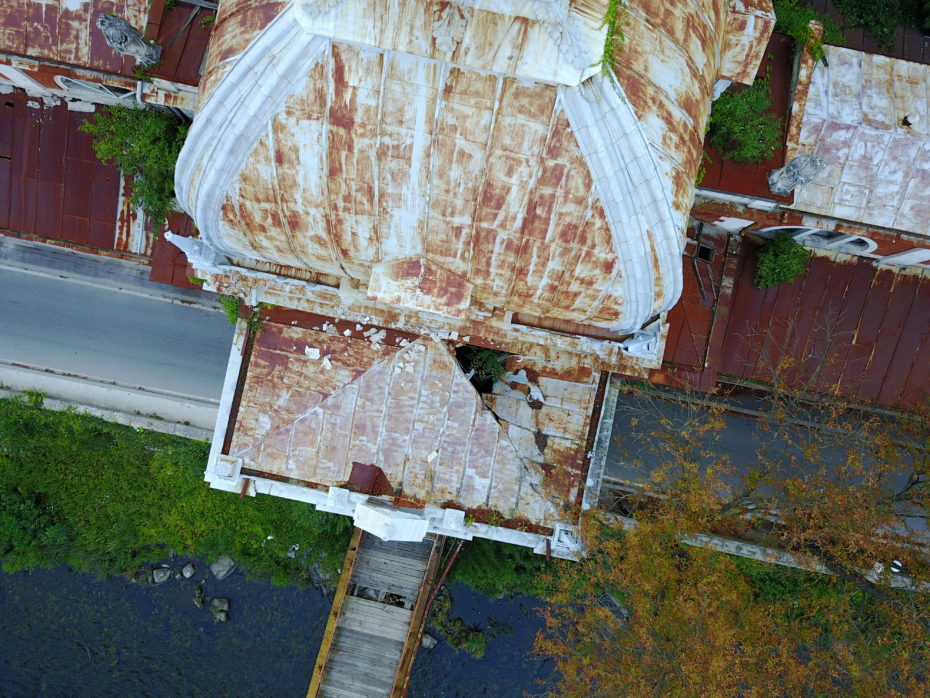
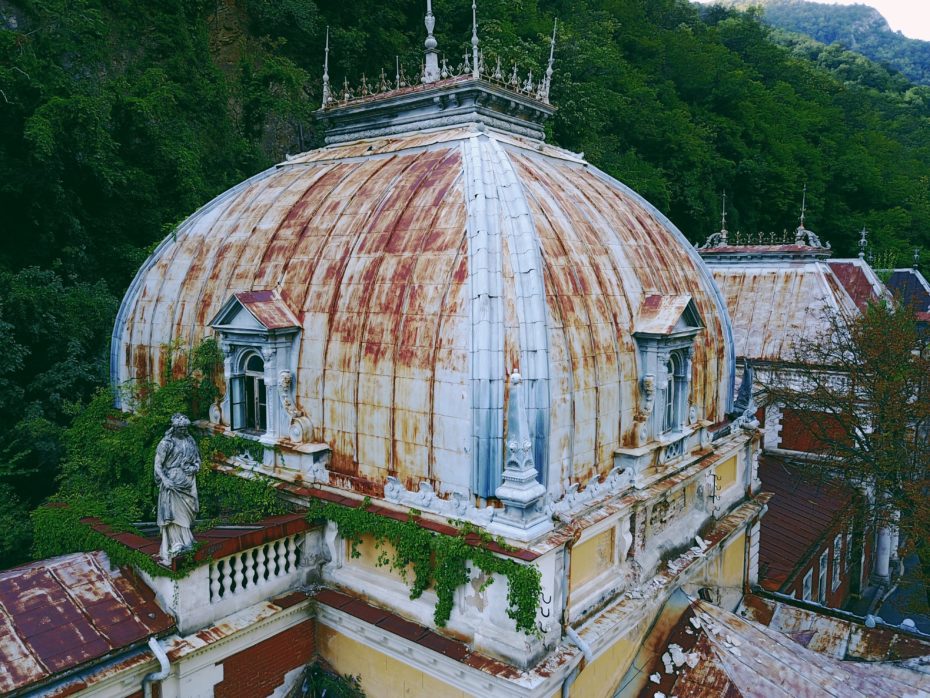
Architectural jewels, bearing the names of emperors of the Austro-Hungarian Empire, gave witness to the last golden age of Europe’s spa culture, when a mystical destination on the Transylvanian border could draw people from faraway kingdoms to try its legendary medicinal waters. Doctors and high profile patients swore by the healing powers of the spas, convinced there was an appropriate mineral-rich spring for every ailment.
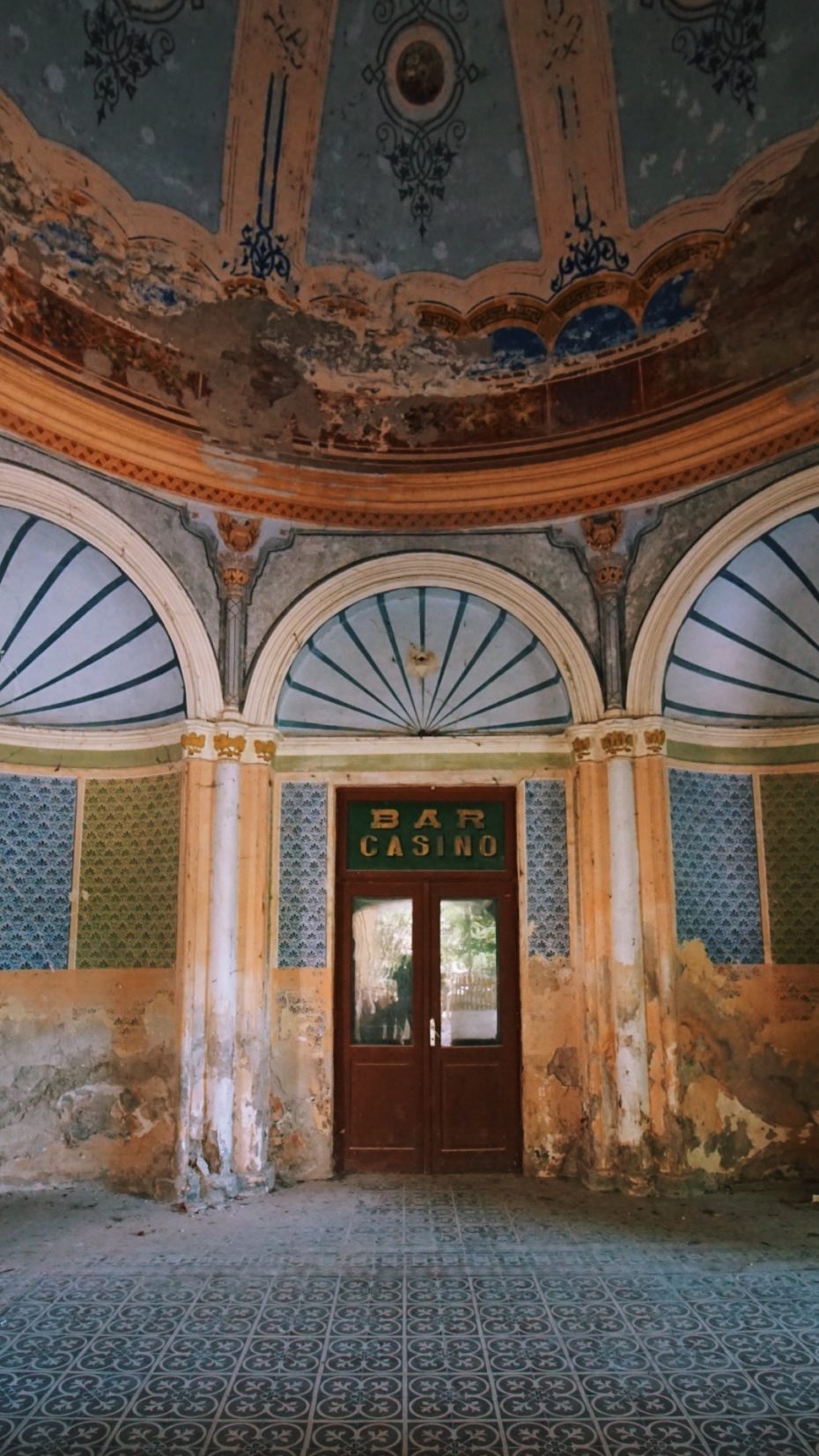
Grand hotels, casinos, bars and restaurants began to flourish near the springs, which became integral to genteel life and some of the earliest examples of modern tourist destinations. Whether afflicted by illness or not, the world’s elite flocked to the outreaches of central Europe to socialize, fall in love, find creative inspiration, attend cultural events and sport the latest fashions, all the while, living apart from reality. It charmed Empress Elisabeth of Austria, nicknamed Sisi, who made several visits during the 1880s to try to cure her rheumatism.
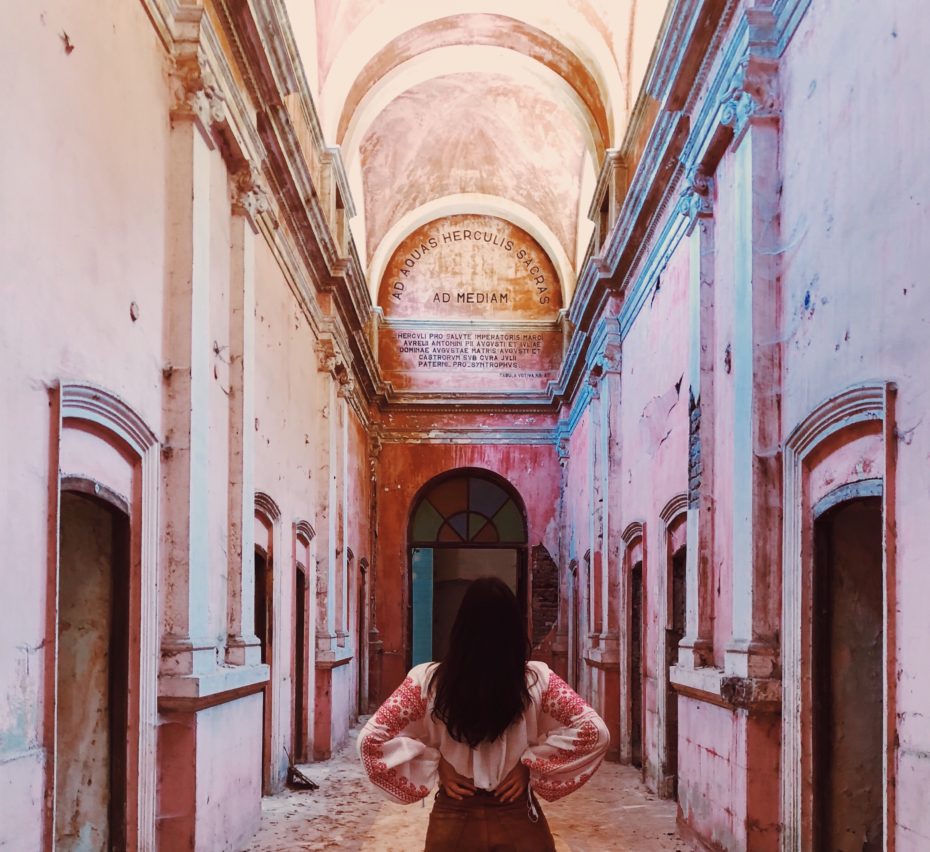
The stunning surroundings were therapeutic and the architecture recalled another golden age of spa culture from ancient times. For if thermalism was born in Greek antiquity, it wasn’t until the Roman Empire that it became a social experience for everyone, when the advent of aqueducts led to the building of magnificent thermal baths.
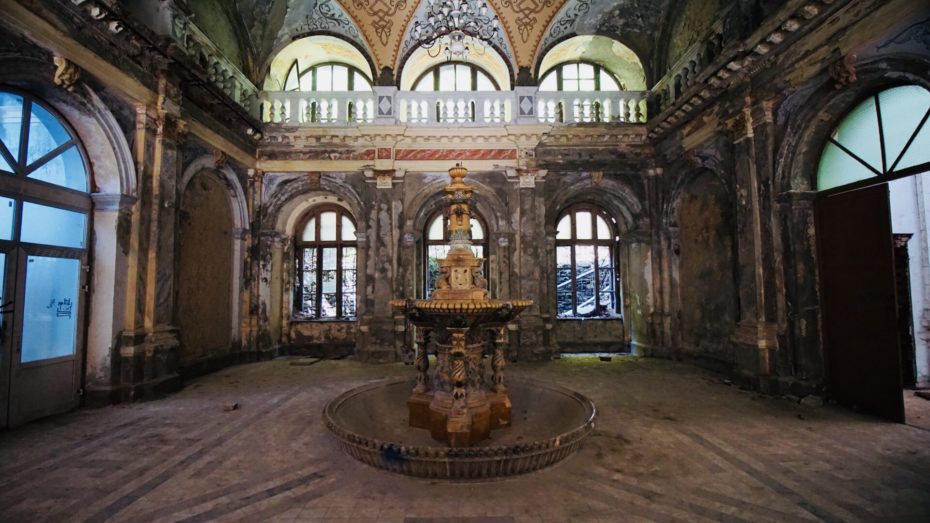
Marble walls, high arches, domed ceilings and mosaic floors set the scene for the new SPA, “Sanus per Aquam”. In Baile Herculane alone, six statues of Hercules from Roman times have been discovered, revealing that the resort dates back to 153 AD at least, when wounded Roman war horses are said to have bathed instinctively in the waters of the spring, prompting soldiers to establish a recovery centre there.
The Middle Ages then came with the great plagues and society had begun to believe it was dangerous to bathe. European aristocracy washed only their faces and clothes. Bathing the entire body was a lower-class activity. The Belle Epoque however, with its renewed interest in medical hydrology, revived the concept of spa-ing from a taboo act to the new vogue of the respectable class.
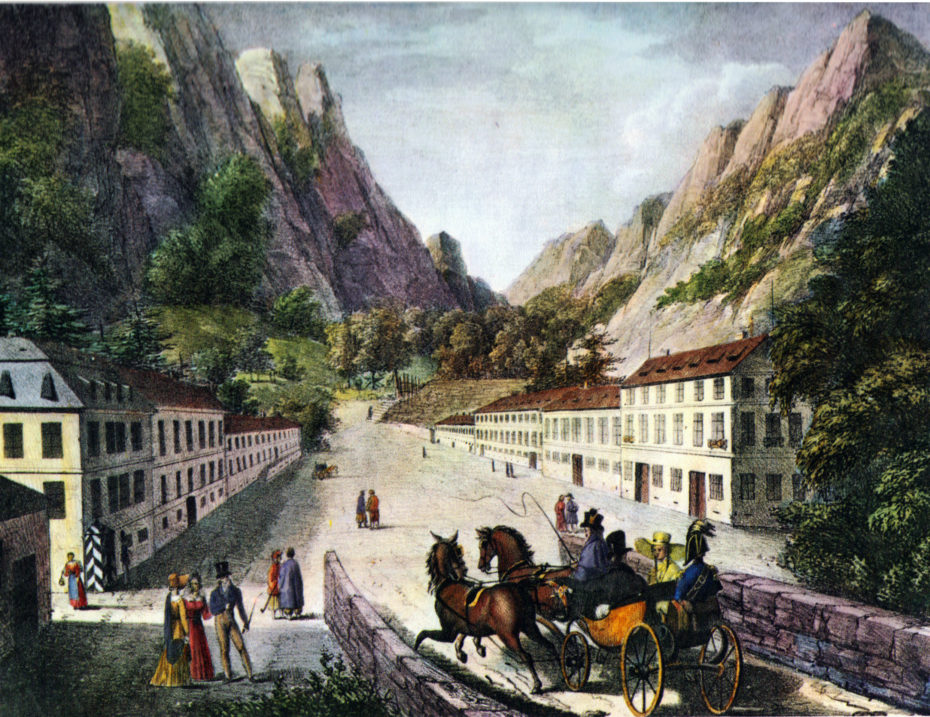
“Elitist Thermalism” was heavily promoted alongside posters and brochures covered in imagery of elegant society mingling al fresco, generally ‘living their best life’. Europe’s grandest spas such as western Bohemia’s Karlsbad Resort and France’s famous lifestyle colonies like Vichy, lured everyone from Mark Twain to Queen Victoria.
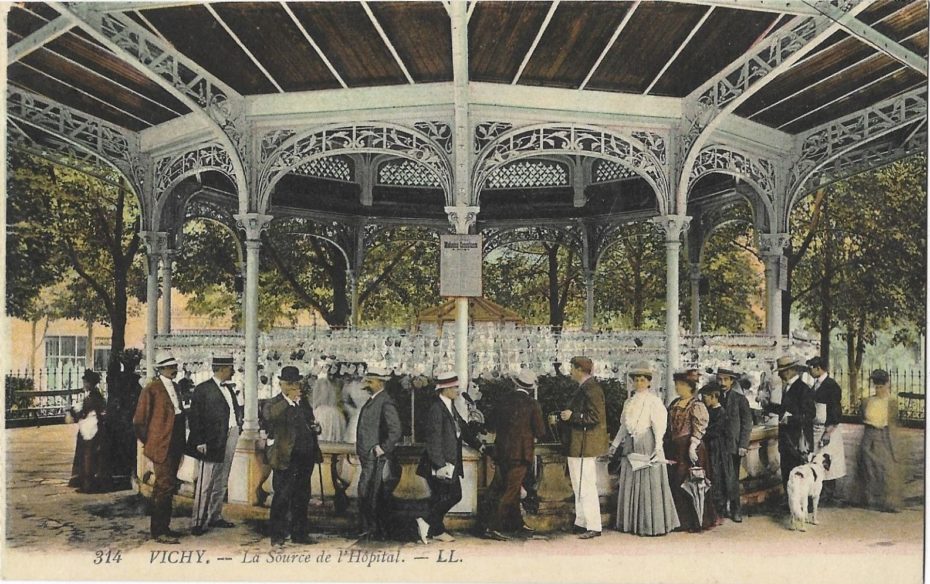
The outbreak of tuberculosis would ensure the future of therapeutic spa for another century, and a parallel institution devoted to the white plague emerged. Palatial compounds known to 20th century Europe as the sanatorium, immortalized by Thomas Mann’s “The Magic Mountain”, prescribed sunlight, mountain air and more carbonated water than you cared to consume. Some light opera and a love affair with a fellow patient couldn’t hurt either.
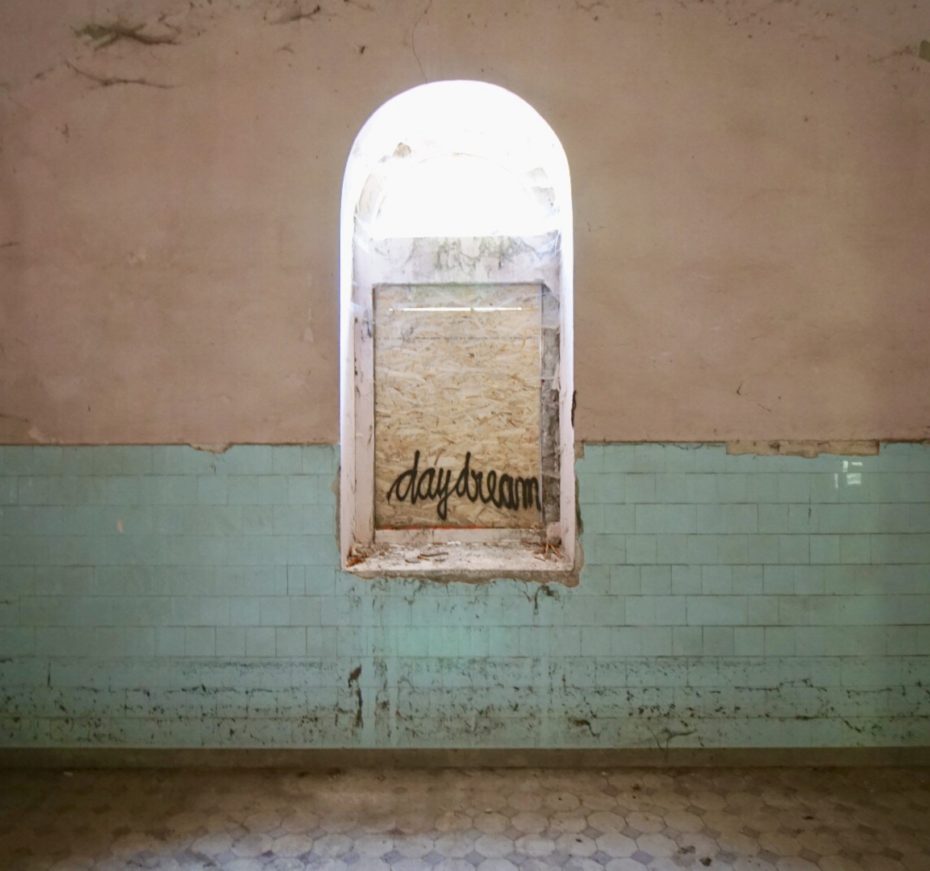
These were no doubt superstitious and arguably more romantic times; when we endured long and arduous journeys through forests, over mountains by train, horse & carriage, clutching keepsakes and well wishes from home, carrying hope for a cure from magic mountain waters. Are these times lost to us entirely? Nestled high in the Swiss Alps or hidden at the end of a valley in the last wild corners of old Europe, a sealed world of forgotten superstition, frozen in time, still awaits those who seek a nostalgic decadence…
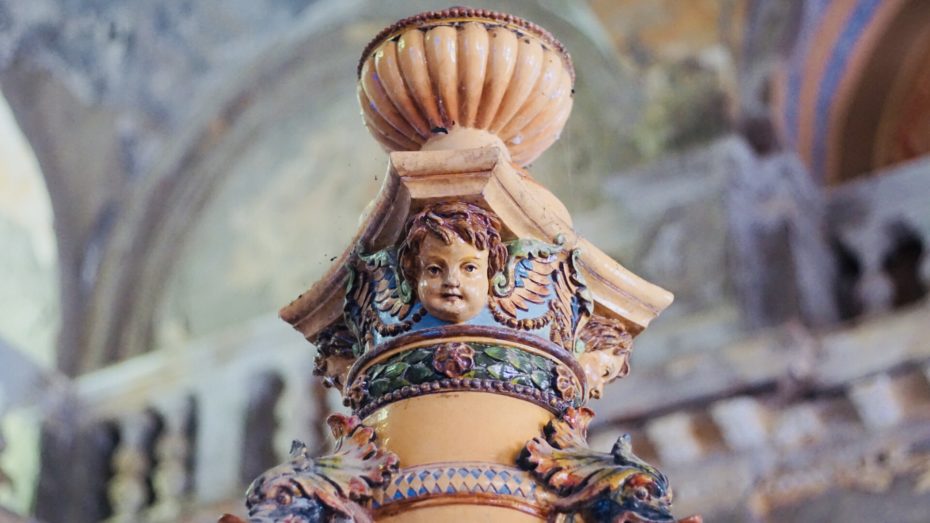
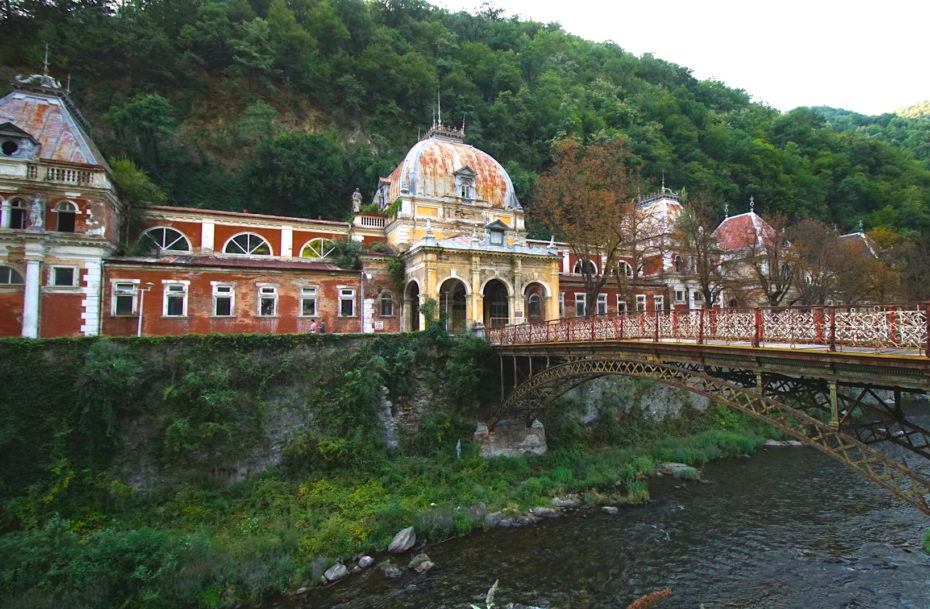
A veritable ghost town today, Guarded by a mythical mountainscape, the place once described by the Austrian Emperor Franz Joseph I as “Europe’s most beautiful spa resort”, is a veritable ghost town today. After two world wars and decades of communist rule, the Baile Herculane went into decline, along with Romanian tourism following the revolution of 1989. The sulphurous waters however, still run through the valley’s granite walls and their vapours are still rising from the Cerna River. Superstitious cure-seekers still come to visit the springs despite the crumbling splendour that surrounds them. To wander the streets and climb through gaping windows in the fading fairytale town of old Baile Herculane is to experience a rare time capsule before it’s too late.
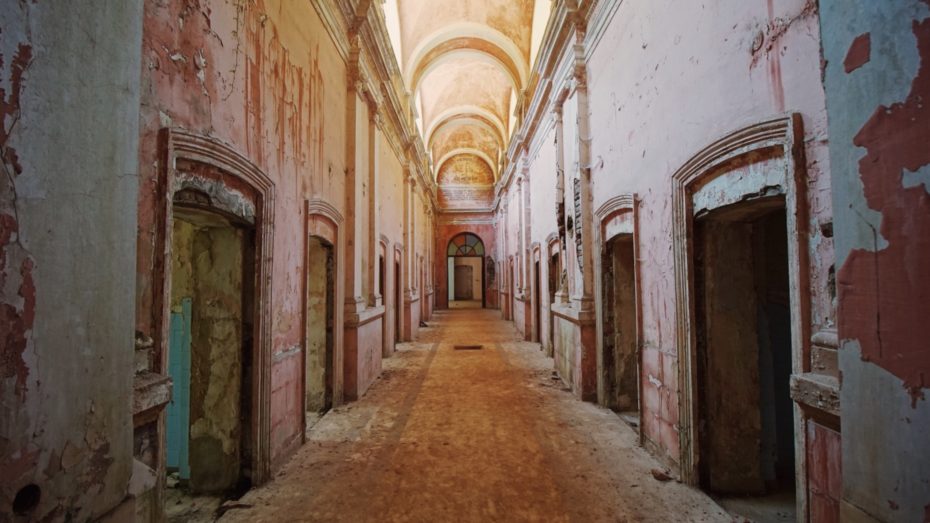
Stay overnight at the Hotel Cerna and stop for a drink under the arches of the old casino, where nostalgic preservationists drink to the hope of a brighter future for Baile Herculane.
Discover the MessyNessyChic Guide to Romania in Keyholder’s Library.













